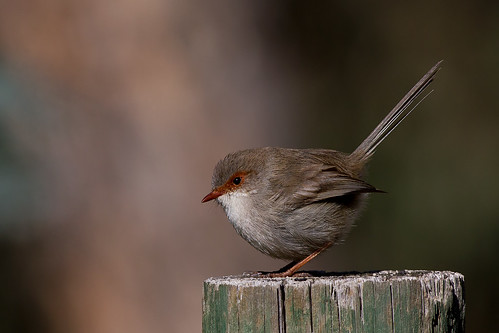And please subscribe! http://goo.gl/EpIDGd
Thanks to our Subbable supporter ALFREDO STAGG for making MinuteEarth possible!
Created by Henry Reich
Animation: Ever Salazar
Production and Writing Team: Alex Reich, Peter Reich, Emily Elert
Music: Nathaniel Schroeder: http://www.soundcloud.com/drschroeder
Want to add captions to MinuteEarth videos? – minuteearth.subtitl.us
Free iTunes podcasts of MinuteEarth! – https://goo.gl/sfwS6n
Facebook – http://facebook.com/minuteearth
Twitter – http://twitter.com/MinuteEarth
MinuteEarth provides an energetic and entertaining view of trends in earth’s environment — in just a few minutes!
References
Barash, D. P., & Lipton, J. E. (2002). The myth of monogamy: Fidelity and infidelity in animals and people. Macmillan.
Brooked, M. G., Rowley, I., Adams, M., & Baverstock, P. R. (1990). Promiscuity: an inbreeding avoidance mechanism in a socially monogamous species?. Behavioral Ecology and Sociobiology, 26(3), 191-199.
Chapais, B. (2013). Monogamy, strongly bonded groups, and the evolution of human social structure. Evolutionary Anthropology: Issues, News, and Reviews, 22(2), 52-65.
de Waal, F. B., & Gavrilets, S. (2013). Monogamy with a purpose. Proceedings of the National Academy of Sciences, 110(38), 15167-15168.
Double, M., & Cockburn, A. (2000). Pre–dawn infidelity: females control extra-pair mating in superb fairy–wrens. Proceedings of the Royal Society of London. Series B: Biological Sciences, 267(1442), 465-470.
Kraaijeveld, K., Carew, P. J., Billing, T., Adcock, G. J., & Mulder, R. A. (2004). Extra‐pair paternity does not result in differential sexual selection in the mutually ornamented black swan (Cygnus atratus). Molecular Ecology, 13(6), 1625-1633.
Ophir, A. G., Phelps, S. M., Sorin, A. B., & Wolff, J. O. (2008). Social but not genetic monogamy is associated with greater breeding success in prairie voles.Animal Behaviour, 75(3), 1143-1154.
Reichard, U. (2002). Monogamy – a Variable Relationship. MaxPlanckResearch Conference Report.
Thusius, K. J., Peterson, K. A., Dunn, P. O., & Whittingham, L. A. (2001). Male mask size is correlated with mating success in the common yellowthroat.Animal Behaviour, 62(3), 435-446.
Wan, D., Chang, P., & Yin, J. (2013). Causes of extra-pair paternity and its inter-specific variation in socially monogamous birds. Acta Ecologica Sinica, 33(3), 158-166.
Webster, M. S., Tarvin, K. A., Tuttle, E. M., & Pruett‐Jones, S. (2007). Promiscuity drives sexual selection in a socially monogamous bird. Evolution,61(9), 2205-2211.
Monogamous primates: http://www-personal.umich.edu/~phyl/anthro/mating.html
Image Credits
Fairy Wren
Photo by: Wikimedia user benjamint444
http://commons.wikimedia.org/wiki/File:Male_and_female_superb_fairy_wren.jpg
Ducks
Photo by: Jörg Hempel
http://commons.wikimedia.org/wiki/File:Anas_platyrhynchos_LC0193.jpg
Swans
Photo by: Richard Bartz
http://commons.wikimedia.org/wiki/File:Cygnus_olor_flirt_edit.jpg
Parrots
Photo by: Riza Nugraha

Male Fairy Wren
Photo by: Patrick_K59

Female Fairy Wren
Photo by: Patrick_K59

Peacock
Photo by: Simone Zuffanelli
http://commons.wikimedia.org/wiki/File:Pavone_2.jpg?fastcci_from=178401
Siamangs
Photo by: Daniel Ramirez

Gorillas
Based on photo by: Wikimedia user No escape
https://commons.wikimedia.org/wiki/File:Gorillafamily.JPG
